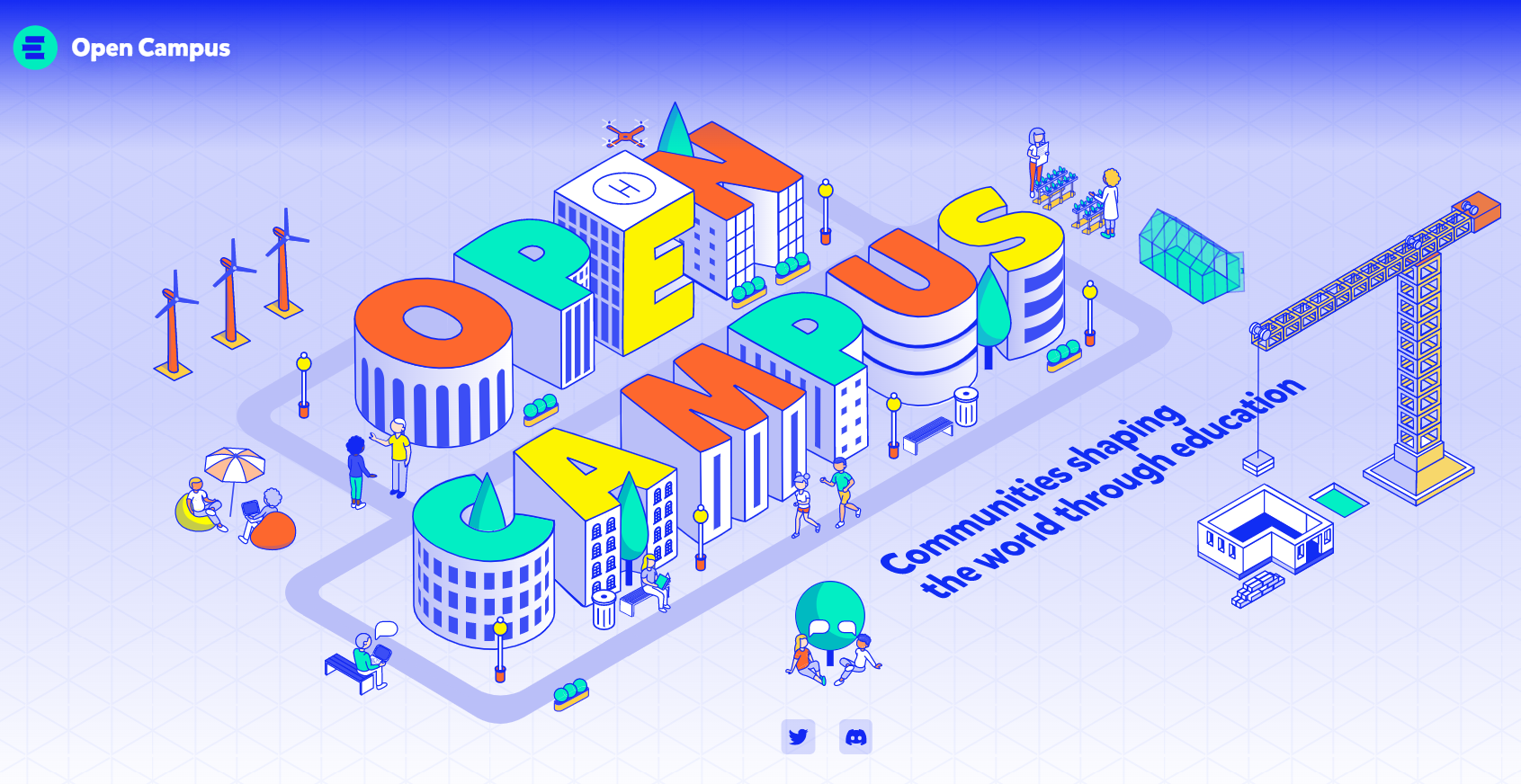Deep Review of Open Campus Protocol
Introduction
The Open Campus Protocol is a set of guidelines and procedures designed to facilitate an open and inclusive campus environment while ensuring the safety and well-being of all individuals on campus. It outlines the best practices for managing various situations that may arise on a college or university campus.
Key Components
Safety and Security
- The protocol emphasizes the importance of maintaining a safe and secure campus environment for all students, faculty, and staff.
- It includes procedures for handling emergencies, such as natural disasters, medical emergencies, and security threats.
Inclusivity and Diversity
- Promotes inclusivity and diversity on campus by providing guidelines for creating a welcoming and respectful environment for all individuals.
- Encourages open dialogue and constructive communication among members of the campus community.
Conflict Resolution
- Provides strategies for resolving conflicts and disagreements in a peaceful and respectful manner.
- Encourages mediation and dialogue to address issues before they escalate.
Communication
- Emphasizes the importance of clear and timely communication with the campus community.
- Outlines procedures for notifying individuals about important events, changes, or emergencies on campus.

Implementation
The successful implementation of the Open Campus Protocol requires the collaboration and cooperation of various campus stakeholders, including administrators, faculty, staff, and students. Training sessions and workshops may be conducted to familiarize individuals with the protocol and ensure its effective implementation.
Benefits of Open Campus Protocol
Promotes Safety: Establishing a protocol helps to ensure the safety and well-being of everyone on campus by providing clear guidelines for handling various situations.
Fosters Inclusivity: Having a protocol in place promotes inclusivity by setting standards for respectful behavior and addressing issues of diversity and equity.
Encourages Collaboration: A well-defined protocol encourages collaboration among students, faculty, and staff in upholding campus policies and values.
Enhances Communication: By outlining procedures for reporting incidents and seeking support, the protocol facilitates effective communication within the campus community.
Supports Personal Growth: The protocol can provide resources and support services that contribute to the personal and academic growth of individuals on campus.
Safeguards against Misconduct: Having a protocol helps to prevent and address instances of misconduct, harassment, discrimination, and other negative behaviors.
Improves Campus Culture: A well-implemented protocol can contribute to creating a positive and respectful campus culture where all members feel valued and supported.
Builds Trust: Following a protocol consistently builds trust within the campus community as individuals know that there are clear guidelines in place to address any issues that may arise.
Ensures Accountability: Having a protocol holds individuals accountable for their actions and provides a framework for addressing any violations of campus policies.
Empowers Individuals: The protocol can empower individuals to speak up, seek help, and take action when faced with challenging situations, knowing that there are established procedures to support them.
Demonstrates Commitment to Well-being: Implementing a protocol demonstrates the campus's commitment to prioritizing the well-being and safety of its members, creating a supportive environment for all.
Encourages Continuous Improvement: Regularly reviewing and updating the protocol allows for continuous improvement and adaptation to changing needs and circumstances within the campus community.
Reduces Confusion and Uncertainty: Having a protocol in place reduces confusion and uncertainty by providing clear guidelines on how to address various situations, ensuring a more organized and efficient response.
Strengthens Community Bonds: By promoting a culture of respect, safety, and accountability, the protocol helps to strengthen the bonds within the campus community and foster a sense of unity and shared responsibility.-02.png?alt=media&token=264415fb-73ca-48d2-acb2-a1d2add806f8)
Limitations of Open Campus Protocol
Potential for Misinterpretation: Despite clear guidelines, there is always a risk of misinterpretation of the protocol, leading to inconsistent application or misunderstanding of the intended procedures.
Resource Constraints: Limited resources, such as staff, training, or funding, may hinder the effective implementation of the protocol and impact the campus's ability to respond promptly and adequately to incidents.
Resistance to Change: Some individuals within the campus community may resist adopting or following the protocol, which can create challenges in ensuring universal compliance and support for the established procedures.
Complexity and Length: A lengthy or overly complex protocol may be difficult for individuals to navigate and understand, potentially hindering its effectiveness in guiding actions and responses.
Lack of Awareness: If members of the campus community are not adequately informed or educated about the protocol, they may not know how to access or utilize the guidelines when needed, limiting its impact.
Inflexibility: A rigid protocol that does not allow for flexibility or adaptability to unique circumstances may be insufficient in addressing the diverse needs and complexities of certain situations within the campus community.
Legal and Ethical Considerations: Ensuring that the protocol aligns with legal requirements and ethical standards can be challenging, and failure to do so may result in legal liabilities or ethical dilemmas for the campus.
Overreliance on Protocol: Overreliance on the protocol without considering individual context or judgment may lead to a one-size-fits-all approach that overlooks the nuances of specific incidents or cases.
Partnership
Collaboration: Partnering with external organizations, businesses, or institutions can enhance the campus's resources, expertise, and reach, fostering a more comprehensive and effective response to various challenges and initiatives.
Shared Goals: Establishing partnerships with entities that share common goals and values can create synergies, promote mutual support, and amplify the impact of initiatives within the campus community.
Diverse Perspectives: Partnering with a diverse range of organizations or individuals can bring different perspectives, ideas, and approaches to problem-solving, enriching the campus's strategies and fostering innovation.
Resource Sharing: Partnerships can facilitate the sharing of resources, knowledge, and best practices, enabling the campus to leverage external expertise and capabilities to enhance its own operations and programs.
Network Expansion: Collaborating with partners can expand the campus's network, connections, and reach, opening up opportunities for new collaborations, funding sources, and community engagement.
Risk Mitigation: Partnerships can help mitigate risks by pooling resources, expertise, and responsibilities, spreading the burden of potential challenges and uncertainties across multiple stakeholders.
Capacity Building: Partnering with organizations that offer training, mentorship, or capacity-building opportunities can enhance the skills, knowledge, and capabilities of campus staff, students, and community members.
Innovation and Creativity: Partnering with external entities can inspire innovation, creativity, and out-of-the-box thinking, pushing the campus to explore new solutions and approaches to complex issues.
Future Integrations
Technology Integration: Implementing advanced technologies such as artificial intelligence, machine learning, or virtual reality into various campus systems and processes can enhance efficiency, data analytics, and user experiences.
Sustainability Integration: Embedding sustainability principles and practices into all aspects of campus operations, including energy management, waste reduction, transportation, and curriculum development, can promote environmental stewardship and resilience.
Diversity, Equity, and Inclusion Integration: Incorporating diversity, equity, and inclusion considerations into all policies, programs, and initiatives can create a more inclusive and supportive campus environment for all community members.
Global Perspectives Integration: Infusing global perspectives and cross-cultural learning opportunities into the curriculum, research projects, and campus events can broaden students' horizons, promote intercultural understanding, and prepare them for a diverse world.
Interdisciplinary Integration: Encouraging collaboration and knowledge-sharing across different academic disciplines and departments can foster interdisciplinary research, innovation, and problem-solving approaches that address complex societal challenges.
Community Engagement Integration: Strengthening partnerships with local communities, non-profit organizations, and government agencies can enhance community engagement, service-learning opportunities, and social impact initiatives that benefit both the campus and the wider community.
Wellness and Mental Health Integration: Prioritizing mental health and wellness resources, programs, and support services can create a campus culture that values well-being, resilience, and self-care among students, faculty, and staff.
Data Integration: Leveraging data analytics, predictive modeling, and business intelligence tools to integrate data across various campus systems can improve decision-making, resource allocation, and performance monitoring in areas such as student success, enrollment management, financial planning, and facilities management.
Innovation and Entrepreneurship Integration: Cultivating a culture of innovation, creativity, and entrepreneurship can inspire students, faculty, and staff to develop new ideas, products, and solutions that have real-world impact and economic value.
Professional Development Integration: Providing ongoing professional development opportunities for faculty and staff to enhance their teaching, research, leadership, and technical skills can improve job satisfaction, performance, and retention rates.
Accessibility and Inclusivity Integration: Ensuring that campus facilities, technologies, and services are accessible to all individuals, including those with disabilities, can promote inclusivity, diversity, and equal opportunities for participation and success.
Civic Engagement Integration: Encouraging civic engagement through community service, volunteerism, advocacy, and political participation can empower students to become active and responsible citizens who contribute to positive social change.
Ethics and Integrity Integration: Emphasizing ethical principles, integrity, and accountability in all aspects of campus operations can build trust, credibility, and a strong ethical culture that guides decision-making and behavior.
Continuous Improvement Integration: Establishing a culture of continuous improvement through feedback mechanisms, assessment processes, and data-driven decision-making can drive innovation, efficiency, and excellence in all areas of the institution.
Conclusion
Overall, the Open Campus Protocol serves as a valuable resource for promoting a safe, inclusive, and harmonious campus environment. By following the guidelines outlined in the protocol and fostering a culture of respect and collaboration, colleges and universities can create a positive and conducive atmosphere for learning and personal growth. Regular reviews and updates to the protocol can ensure that it remains relevant and effective in addressing the evolving needs of the campus community.
Disclaimer: This review is based on available information and may be subject to change as Open Campus Protocol evolves.





































